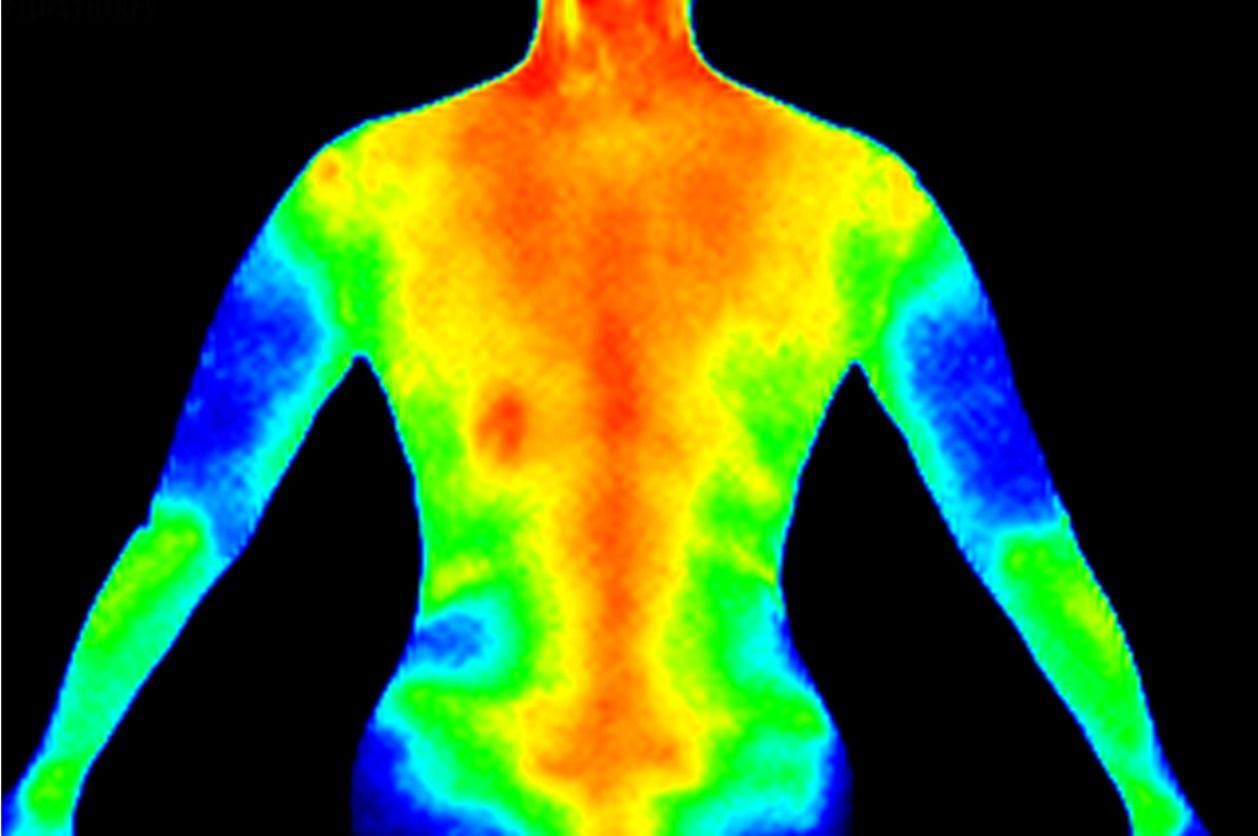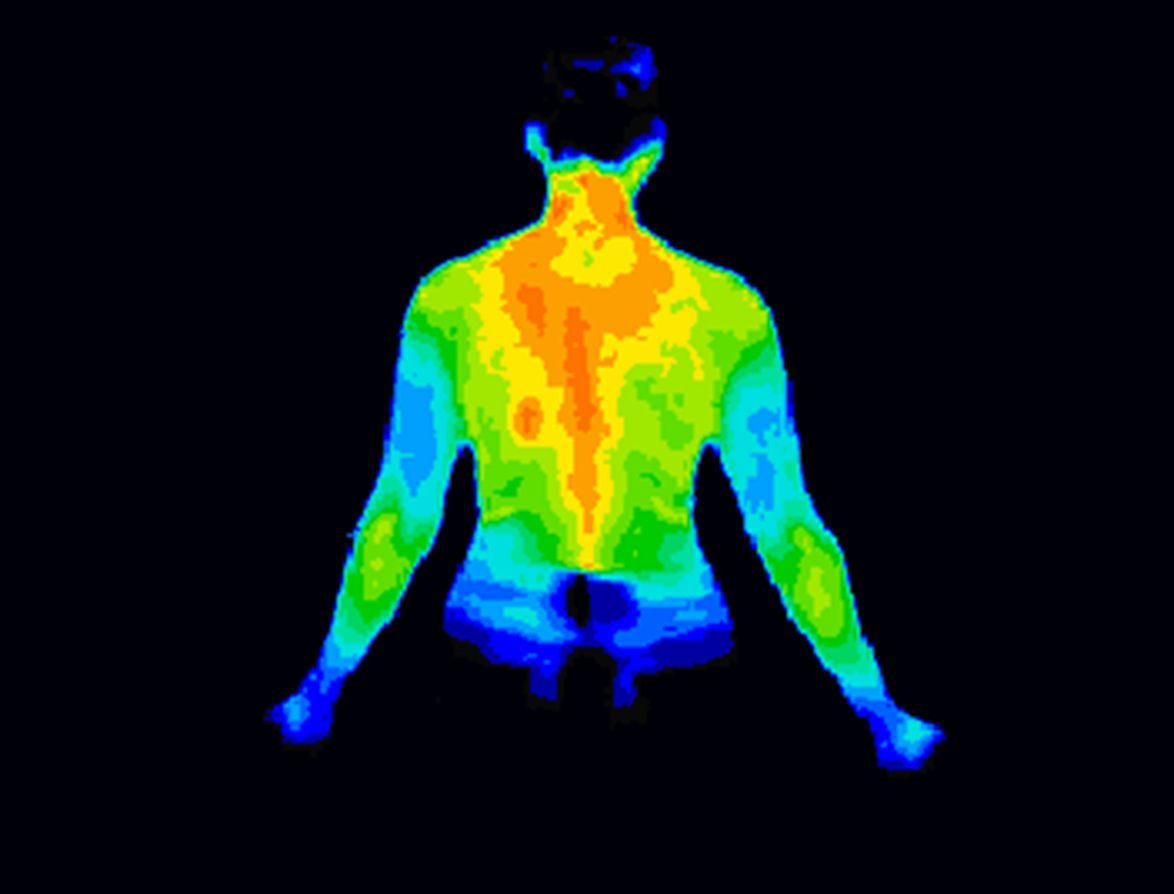Office (860) 415-1150 Fax (860) 955-2681
Inconclusive Mammogram? Thermography Can Give You Answers
Inconclusive Mammogram? Thermography Can Give You Answers
Mammograms are a standard screening tool for assessing the likelihood of breast cancer. They are routinely performed for women over 40 as part of annual checkups and are also used to investigate suspected breast cancer cases. While mammograms are essential, their results can sometimes be inconclusive. In these situations, thermography may provide additional insights.
As you research thermography, make sure you fully understand the results of your mammogram and address any questions with your primary care doctor. It is important to know that mammography and thermography should work in tandem with each other, and both can be used to aid in determining your diagnosis. In this article, we will explain how thermography may be beneficial when mammogram results are inconclusive.
What is thermography?
Thermography is a non-invasive, radiation-free imaging technique that measures the infrared radiation emitted from the surface of the body. Using a specialized thermal camera, this heat is converted into images, where variations in temperature appear as different colors. These thermal patterns can reveal areas of abnormal growth, disease, or inflammation because such conditions often have distinct metabolic activity.
Unlike mammograms, thermography does not involve physical compression of the breast, making it a comfortable and safe option for additional imaging.
How can thermography clarify my results?
While mammography focuses on the anatomy of the breast, thermography visualizes physiological activity. This difference can make thermography particularly helpful in certain scenarios:
1. Small or Hard-to-Detect Tumors: Mammograms can sometimes miss tumors smaller than 5mm, especially in dense breast tissue or areas near the ribcage or sternum. Thermography, which is unaffected by tissue density, may detect abnormal metabolic activity in these challenging regions.
2. Evaluating Tumor Severity: Thermography can highlight areas with higher metabolic activity, which often correlate with more aggressive tumors. By identifying these “hot spots,” thermography can provide insights into the severity of potential tumors.
3. Clarifying Findings Related to Breast Calcifications: Breast calcifications—tiny calcium deposits visible on mammograms—are common and usually benign. However, in some cases, they may indicate early cancer development. It’s important to note that thermography cannot see calcifications. However, it can help assess whether the area surrounding the calcifications shows abnormal heat patterns that might suggest increased metabolic activity, which could warrant further investigation.
For women facing unclear mammogram results, thermography can:
• Offer additional insights into the behavior of breast tissue.
• Help guide further diagnostic steps, such as biopsies or follow-up imaging.
• Provide a non-invasive option for monitoring changes over time.
Contact us to schedule an appointment.
Farmington Office Hours
- Mon - Fri
- -
- Sat - Sun
- Closed
Satellite Offices
Glastonbury, CT
Columbia, CT
Hamden, CT
Ellington, CT
Sharon, CT
Westport, CT
Hadley, MA
All Rights Reserved | CT Thermography









